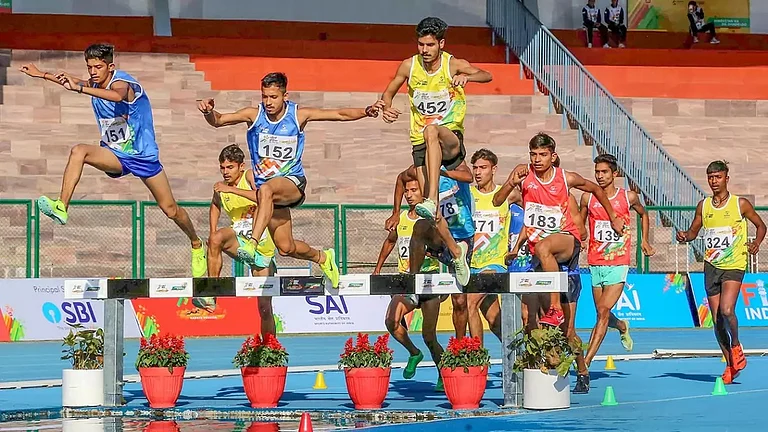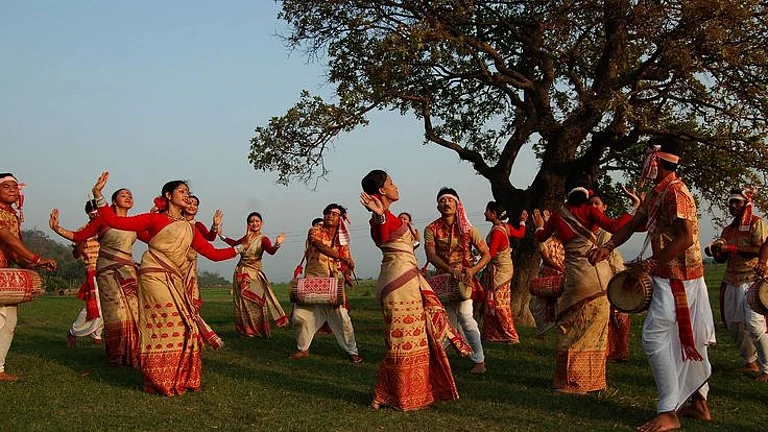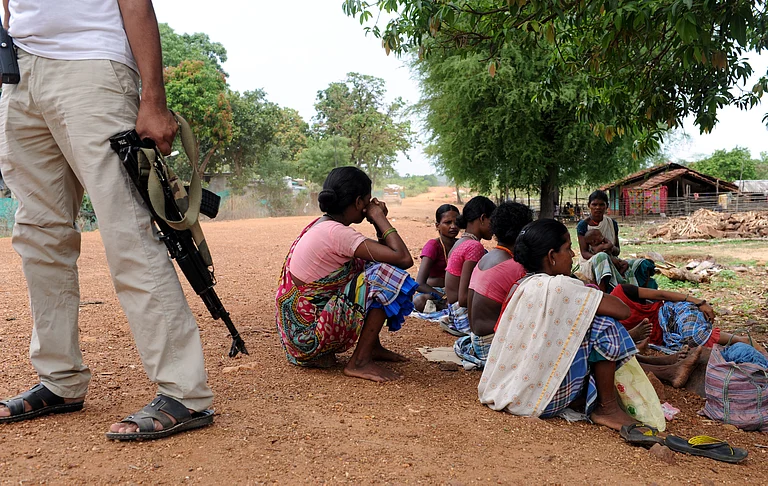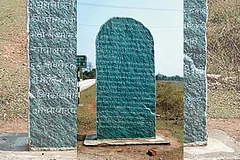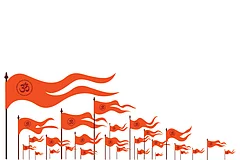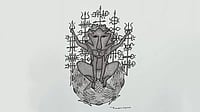There are only two ways or philosophies of life in the world today that are at war with each other in the true sense—the indigenous/tribal way and the capitalist way. The conflicts may appear in different forms, but at the root, they resolve into either of those two streams.
Being an Adivasi or tribal is not a prerequisite to understanding the tribal world and its philosophy. Many who were born outside tribal society and dream of a better world incline quite spontaneously over the course of their search to the tribal way. This is perhaps because the roots of the tribal world live on inside us.
Looking inwards, many of us rediscover the same tribal world from which all human beings evolved. At the same time, many tribals who live and conduct their struggles in the light of their own tribal philosophy actually share the concerns that define peoples’ struggles the world over, though they may be unaware of any kind of “ism” and untouched by the ideas of any thinker.
In a world built around competition, people get their happiness and thrill from winning, defeating others, humiliating them and waving flags at them. Therefore, when someone loses, when someone collapses, when someone dies, or when someone is murdered, it is par for the course for the competitive mind—in other words, it is simply what it takes to win.
A competitive lifestyle breeds insensitivity. It justifies violence and propagates a strong narrative against resistance. The philosophy and community that oppose this hegemonic worldview are labelled anti-development. The dissident tribals are branded as Naxalites and the imperatives of development and religion dictate that they be eliminated.
The caste system in India, with its supremacism, patriarchy and competitiveness, couples comfortably with capitalism, resulting in a mutually reinforcing alliance. That is why India’s casteist mindset is always seen standing with the dictatorial psyche at the global level.
The tribals are not easily swayed by hegemonic logic, either in the name of development or of religion.
Together, they will eliminate the tribals first. Further on, they will destroy the marginalised and the Muslims. They will try to justify their actions by claiming that tribals do not want development, Muslims inflate the population, and Dalits and people of other backward communities seek to throw society into disarray by breaking the caste structure.
Through their narrative, they will spread fear among the privileged and the majority community that if the marginalised communities are not eliminated, the earth will become unbalanced. The fanatic army raised to serve their purpose will include the marginalised themselves, who, driven by their real concern for the earth and by their broader distress, will turn into the master’s weapon and kill off their world and their neighbours with their own hands. They will declare with pride that they do so in the service of a great cause; namely, to protect their religion and culture. In truth, they are merely tools in the hands of the hegemonic powers. Unbeknownst to themselves, simple and beautiful people, who want a well-ordered existence, will become the destroyers of their own world.
Ordinary people, caught up in their everyday struggle to save themselves and the world around them, cannot comprehend such larger machinations. They posit their trust and their sensitivity in the powerful people who lead them. They place their faith in their chosen heroes as they place it in their God, offering Him flowers in the morning and returning to their toils during the rest of the day.
But heroes who represent a supremacist lifestyle and people who wield a lot of power have a thing for rank insensitivity. They kill every emotion with ruthless logic. They throttle the trust of the common people. They play on people’s emotions to fortify their own plans, which never include the common interest. It is a game of every man for himself, leaving the rest to perish. This is all very scary indeed.
The tribals are not easily swayed by this hegemonic logic, either in the name of development or of religion. Therefore, a lot of effort is on within this country and in the world to identify the values that form the lifeforce of the tribals and to snuff them out. The tribals draw strength from their collectivity, mutual love, love of nature and trust in each other.
All this is sought to be destroyed and what better way to do it than by weaponising their own human frailties, their fear and insecurity, their existential worries, their fear of being uprooted, and their anxieties about losing their language and culture? Their sisters and brothers are presented to them as the biggest enemies. It could be poor Hindus, Muslims, Dalits, or affluent sections of their own tribal society or tribals following different religions. A society that thrives on collectivism, mutual cooperation, love, and collective dance and music, then starts to participate in the slaughter of the marginalised societies around it. It starts raping its own women. Starts annihilating its own life values. The aggressors in this internecine warfare also get their own homes and people destroyed in the process. Thus, the marginalised are goaded to self-destruction.
In this vast world with so many educated, learned, rich, powerful and great people, why is no one able to save these ordinary people? Why, after a short-lived period of concern and compunction, do they return to their own world? Because their lifestyle and the hegemonic system they are part of do not allow them the freedom to wage a strong rebellion even for the sake of humanity.
Viewing the concerns of the tribal society in this way, the so-called mainstream society may understand that the tribals who resist the assaults of the hegemonic world on their trees, water, forests and soil, and on their very existence, are actually warriors of a much bigger battle. They enact more than their share of resistance because so many others will not.
The marginalised people look at the privileged section for acceptance, for an understanding of their plight and feelings. The privileged, at times, want to approach the marginalised to extend a helping hand but are afraid of being rejected. There is a common fear of rejection on both sides.
People need to accept each other as they are, in order to learn. For the dream of a better world, which offers the freedom to love and care, to live with our shortcomings. Total acceptance can lead us to the path of collective liberation.
Today, we need to find our earth and sky within us. It is that earth and sky that connect many to the tribal world, and bring them closer to themselves too. This can help them understand the greater purpose of the Adivasis.
MORE FROM THIS ISSUE
People living in the upper echelons of society may have trouble breathing, the commoners may die of suffocation. They need to come down a bit, to where the common folk live and want to share a lot. They want to share their love, concerns, joys and despairs. All of us can live a meaningful life here on earth by co-creating, mutual cooperation and consonance. In this way, we can live our days together, and die in dignity.
—Translated by Kaushika Draavid and Iqbal Abhimanyu
Jacinta Kerketta is a young Oraon Adivasi poet, writer and freelance journalist from Jharkhand
(Views expressed are personal)
(This appeared in the print as 'The Adivasi Way')








